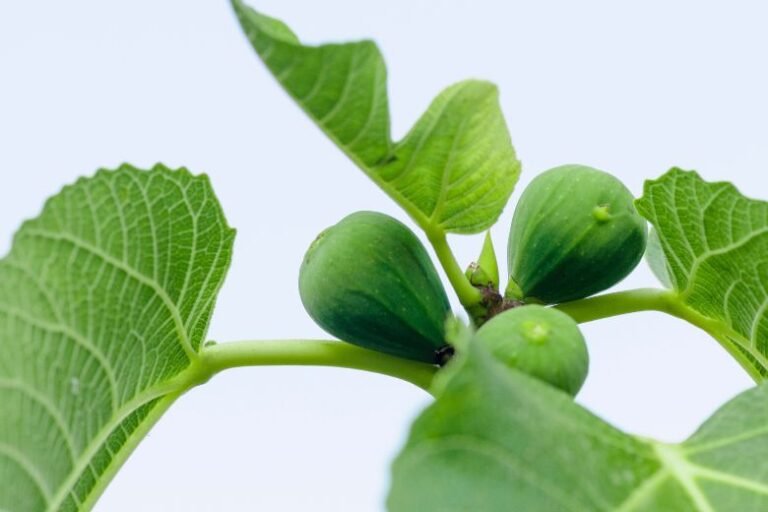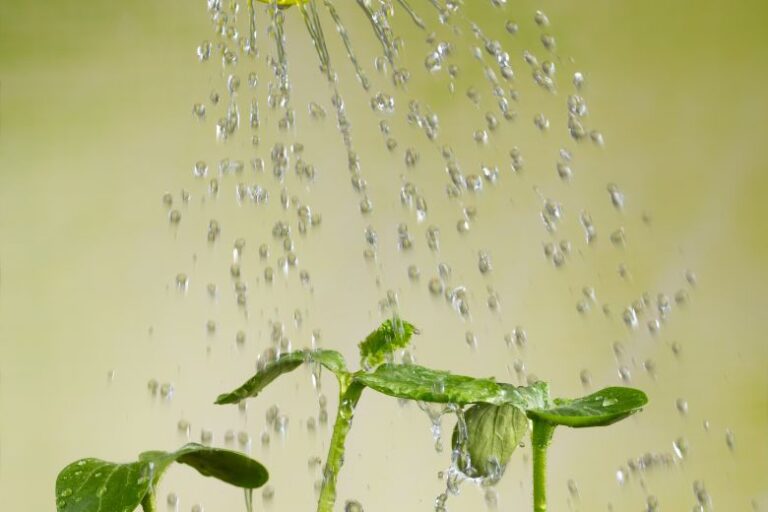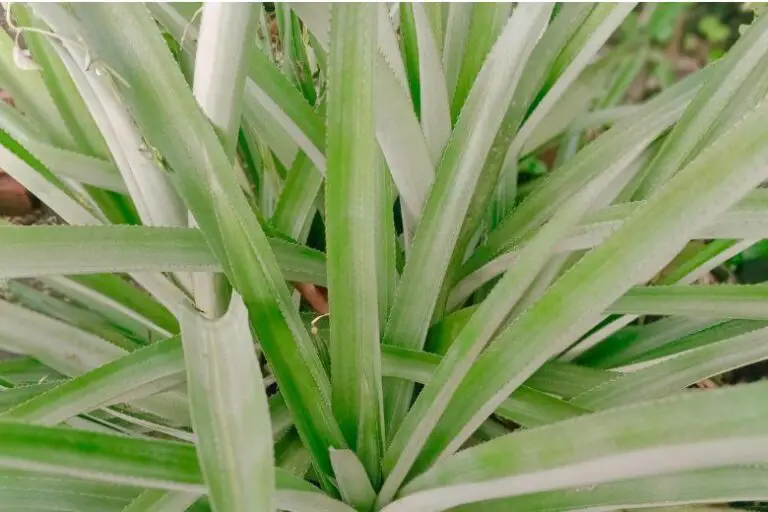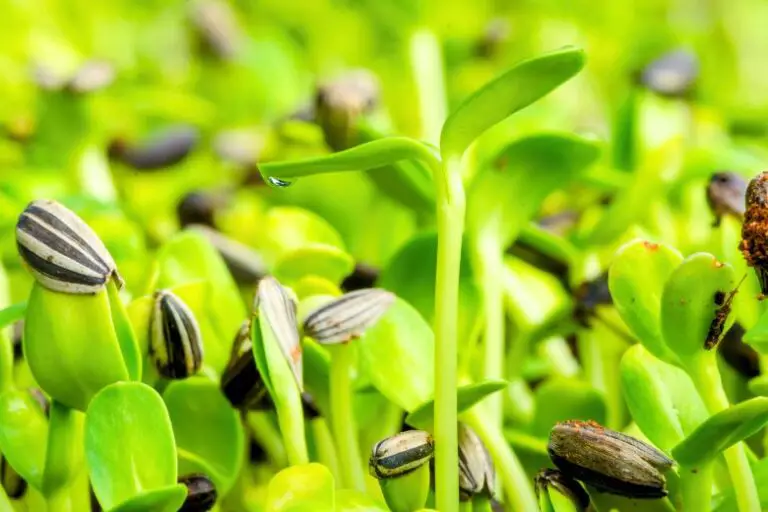Can I Grow a Pomelo Tree in a Cold Climate
Pomelo trees (Citrus maxima), also known as Citrus grandis, are delightful citrus fruit-bearing trees that originated in Southeast Asia.
They are loved for their large, juicy, and slightly sweet fruits with a hint of bitterness. As citrus enthusiasts venture into gardening, one question arises: “Can I grow a pomelo tree in a cold climate?”
In this article, we will explore the possibilities and challenges of cultivating pomelo trees in colder regions and provide actionable tips for success.
Understanding the Pomelo Tree
What is a Pomelo Tree?
The pomelo tree, a member of the Citrus family, is a tropical evergreen plant that can grow up to 50 feet in height. Its glossy, dark green leaves and fragrant white flowers add ornamental value to gardens, making it a popular choice among horticulturists.
Characteristics of Pomelo Trees
Pomelo trees are hardy, drought-tolerant, and can thrive in various conditions. Their fruits, the pomelos, are the largest of all citrus fruits and can weigh up to several pounds. The thick rind protects the juicy flesh inside, making them a wonderful addition to salads, desserts, and juices.
Popular Pomelo Varieties
Several pomelo varieties are available, each with distinct flavors and characteristics. Some well-known varieties include Chandler, Honey, and Tahitian.
Ideal Growing Conditions for Pomelo Trees
Temperature Requirements
Pomelo trees thrive in warm and tropical climates. Generally, they prefer temperatures between 60°F to 80°F (15°C to 27°C). Cold temperatures can be detrimental to the tree’s health and fruit production.
Sunlight Needs
Pomelo trees love basking in full sunlight. They require at least 6 to 8 hours of direct sunlight daily to grow optimally and produce delicious fruits.
Soil Requirements
Well-draining, slightly acidic to neutral soil is ideal for pomelo trees. They prefer soil with a pH range of 6.0 to 7.5. Heavy clay soils should be amended to improve drainage.
Watering Guidelines
Consistent watering is essential for young pomelo trees. They need sufficient water to establish their root systems. Once established, deep and infrequent watering is preferred.
Challenges of Growing Pomelo Trees in Cold Climates
Frost and Freezing Temperatures
Pomelo trees are sensitive to frost and freezing temperatures. Exposure to extreme cold can damage the tree’s leaves, flowers, and fruits.
Protecting the Pomelo Tree in Winter
To protect pomelo trees during winter in cold climates, covering them with blankets or burlap can provide some insulation. Additionally, using mulch around the base of the tree helps retain soil warmth.
Consideration of Microclimates
Gardeners in cold climates should consider microclimates – areas within their gardens that may be slightly warmer than others due to sun exposure or wind protection.
Techniques to Grow a Pomelo Tree in Cold Climates
Selecting Cold-Resistant Varieties
When attempting to grow pomelo trees in colder regions, it is crucial to select cold-resistant varieties specifically bred for such climates.
Growing Pomelo Trees in Containers
One effective way to grow pomelo trees in cold climates is by cultivating them in containers. This allows for mobility, enabling gardeners to move the trees indoors during colder months.
Using Greenhouses or Cold Frames
Greenhouses and cold frames offer controlled environments that protect pomelo trees from harsh winter conditions.
Artificial Heating Methods
For gardeners determined to grow pomelo trees in cold climates, using artificial heating methods, such as space heaters or heat lamps, can help maintain the appropriate temperature.
Steps to Plant and Care for a Pomelo Tree
Choosing the Right Location
Select a sunny and sheltered location for planting the pomelo tree. Ensure it receives adequate sunlight and protection from strong winds.
Planting the Pomelo Tree
When planting a pomelo tree, dig a hole slightly larger than the root ball, place the tree inside, and backfill with soil. Water thoroughly after planting.
Watering and Fertilizing
Regular watering and proper fertilization promote healthy growth and fruit development. Use a balanced fertilizer according to the tree’s needs.
Pruning and Training
Prune the tree to remove dead or diseased branches and shape it for better air circulation and sunlight exposure. Training young trees helps establish a strong framework.
Pest and Disease Management
Keep an eye out for common citrus pests and diseases, such as aphids, citrus leaf miners, and citrus canker. Implement appropriate control measures when necessary.
Harvesting and Enjoying Pomelos
When to Harvest Pomelos
Pomelos are ready for harvest when they reach their full size and have a bright color. However, they can be left on the tree for a few weeks after maturity to enhance sweetness.
Storing and Using Pomelos
Store harvested pomelos in a cool, dry place for several weeks. To enjoy them at their best, consume them fresh or use them in various culinary creations.
Culinary Uses and Health Benefits
Pomelos are not only delicious but also packed with essential vitamins, minerals, and antioxidants, contributing to a healthy diet and overall well-being.
Conclusion
While growing a pomelo tree in a cold climate presents its challenges, it is possible with careful planning and attention. By selecting appropriate varieties, providing adequate protection, and using innovative techniques, gardeners in colder regions can enjoy the delights of homegrown pomelos. So, why not embark on this rewarding journey and experience the joy of cultivating a thriving pomelo tree right in your backyard!






